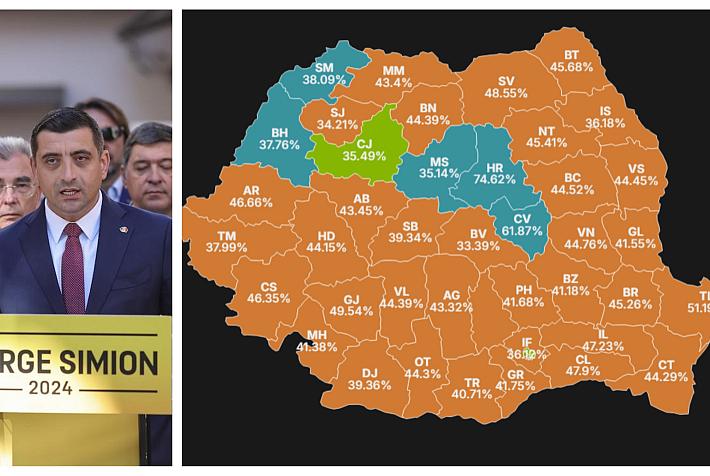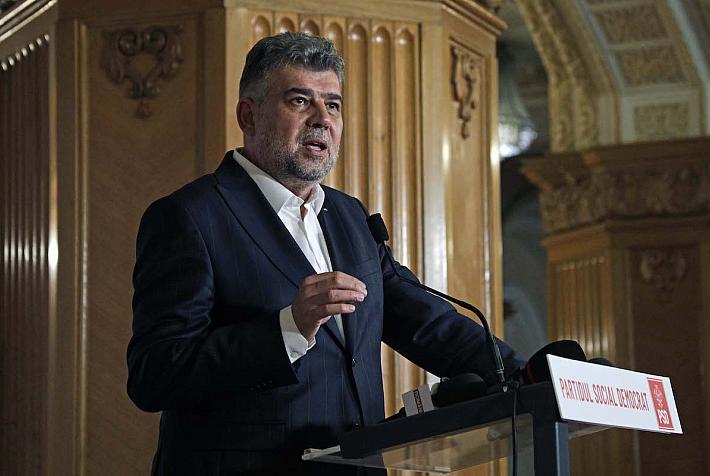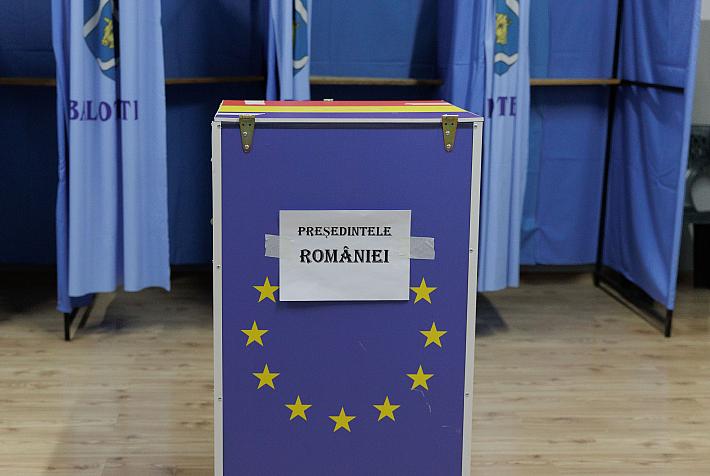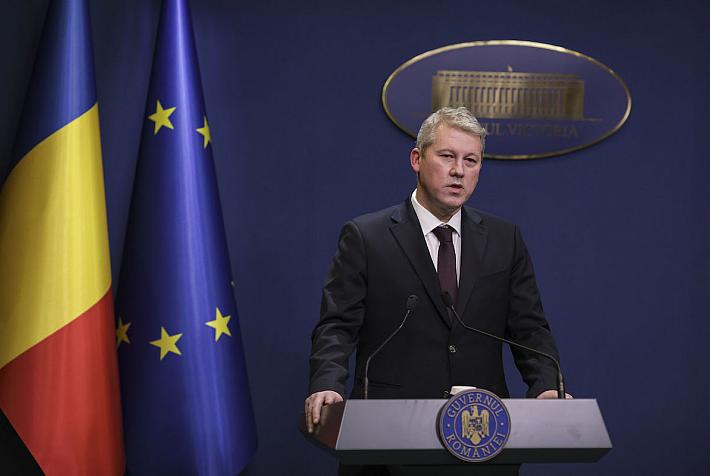Romania’s yearly inflation rate reaches new low in January, after two VAT rate cuts

The average consumer prices in Romania were 2.1% lower in January 2016 compared to January 2015, after two VAT rate cuts in the past 12 months.
The Government first cut the VAT rate on food and beverages, from 24% to 9%, on June 1, 2015. Then, the new fiscal code approved by the Parliament last year cut the general VAT rate on all products from 24% to 20% starting January 1, 2016.
The yearly inflation rate thus reached a new all-time low in January 2016, of -2.13%, as the food prices went down by close to 6.3% year-on-year.
However, the non-food prices 0.12% higher and the service prices were up by 1.23% in January 2016 compared to January 2015, despite the VAT rate cut effect that should have resulted in a 3.2% price decrease. This means that the price increases in the past 12 months have canceled the effect of the VAT rate cut.
The monthly inflation rate, which shows the consumer price evolution in January 2016 compared to December 2015, was -0.78%, as the prices of non-food items went down by 1.56%, on average, while the service prices went down by 1.12%. This shows that only a part of the VAT rate cut from 24% to 20% has been transferred to the consumers.
The fuel prices went down by more than 3% month-on-month, and the gas and electricity prices also declined by close to 3%. Detergents also got 2% cheaper. However, most items saw price cuts of under 1%. On the services side, the fees for water supply, sewage, and sanitation went down by 6.9%, and the rail transport fees declined by 3.2%.
The average food prices went up by 0.47% in January compared to December. Potato prices went up by 3.9%, vegetable prices increased by 3.1%, and fresh fruit prices increased by 2.3%.
Romania’s central bank ups inflation estimation.
Romania’s central bank: Inflation could reach -3% at the end of March.
Irina Popescu, irina.popescu@romania-insider.com











